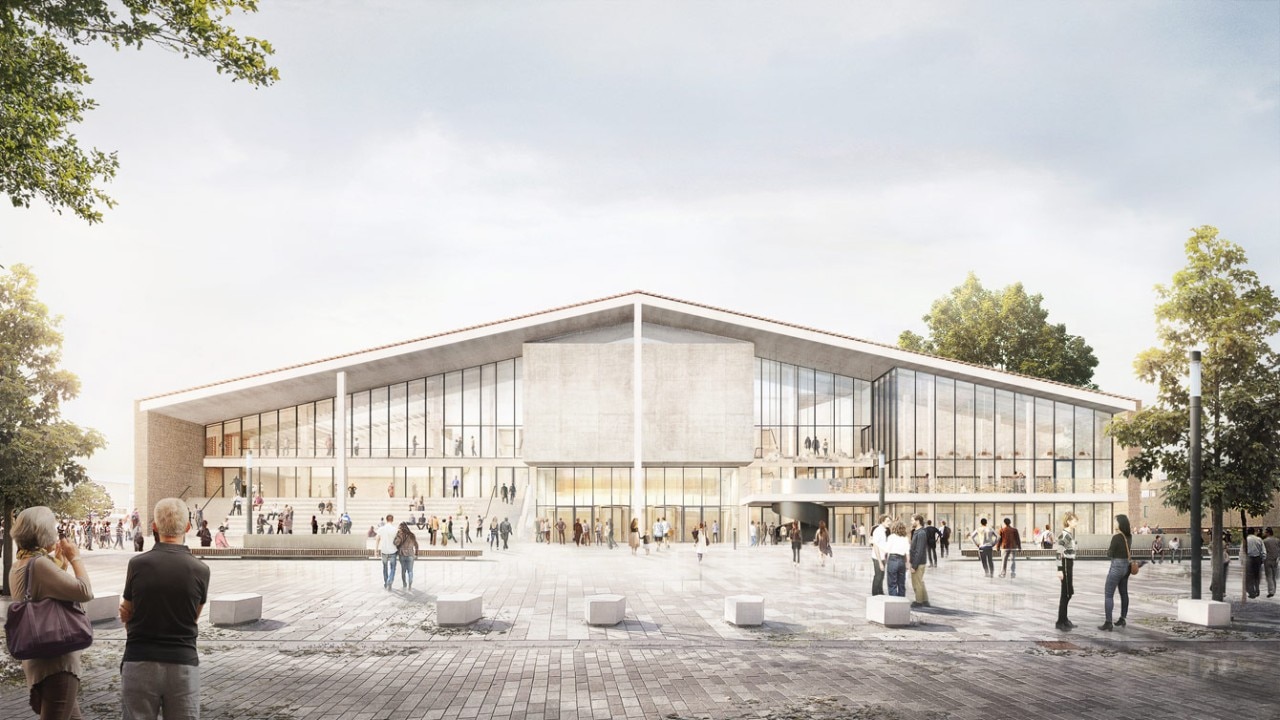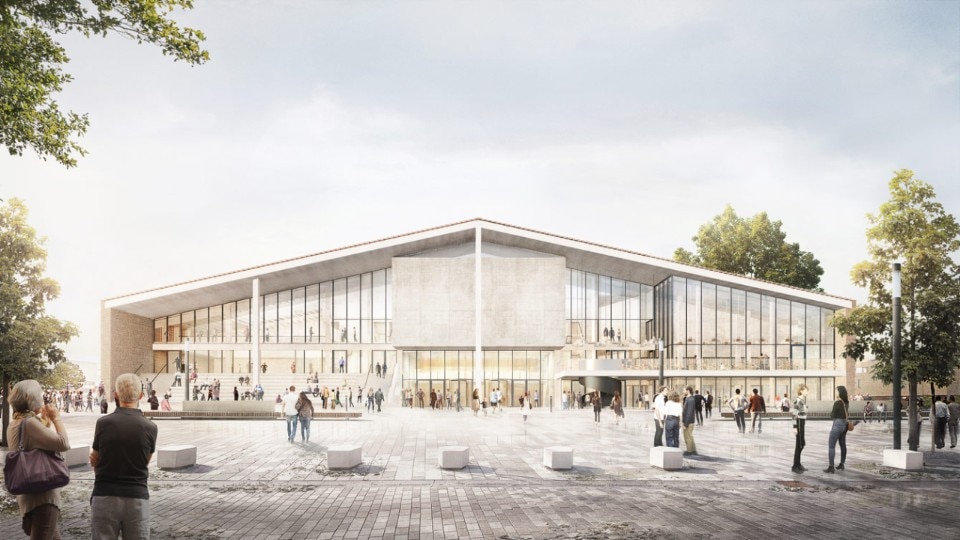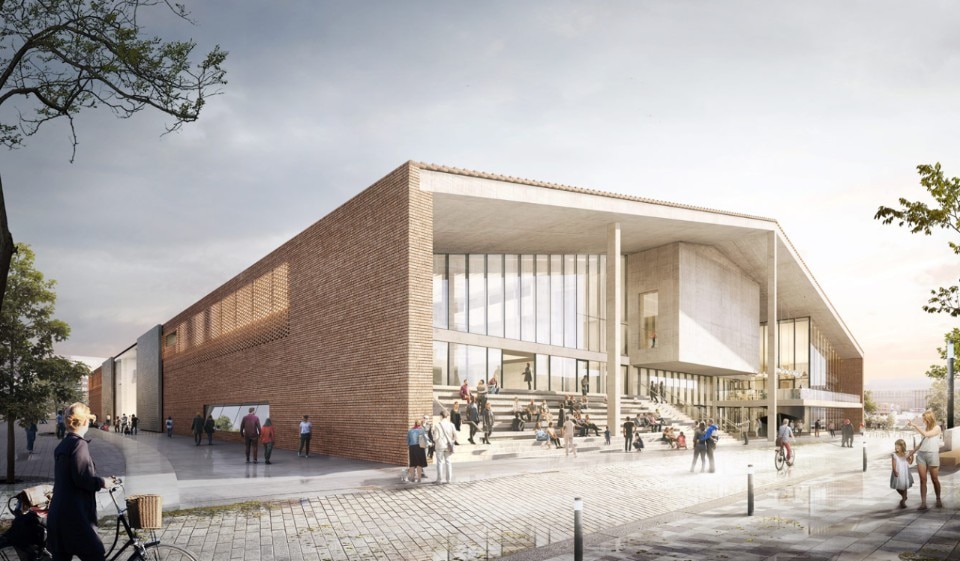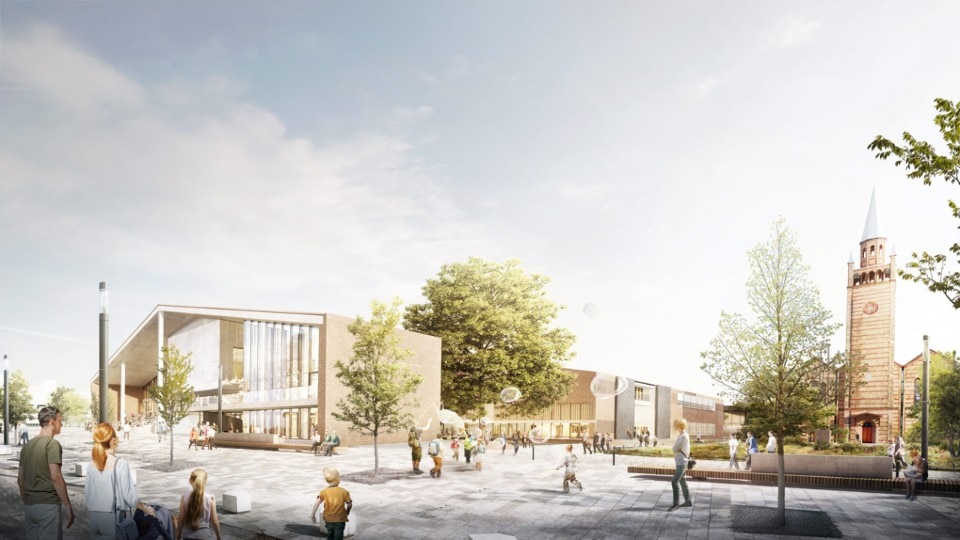The new 20th-century art museum in Berlin – designed by Herzog & de Meuron and now under construction between the Neue Nationalgalerie, the Kulturforum, and the Philharmonie – is receiving much criticism from authoritative experts. So much so that someone suggested temporarily suspending the construction works. The Museum der Moderne, or the Museum des 20. Jahrhunderts, in fact, will consume more energy than many other old museum buildings in the German capital and will cost about 450 million euros, instead of the 179 estimated initially.
Stefan Simon, an expert in conservation sciences, has estimated that it will use 450-kilowatt hours of energy per square meter: about four times the amount required by the Altes Museum, built in 1830. For this reason, he called it a “Klimakiller”, as well as a “step in the wrong direction”. The German Federal Court of Audit has stated that the project is “too expensive and not ecological”, proposing to make it more sustainable and stressing that, being financed with German taxpayers’ money, architects would have a duty to propose an exemplary work. In this regard, Claudia Roth – Minister of Culture and historical exponent of the Greens – asked to review the project by adding a series of measures to reduce energy waste, such as rainwater collection and the installation of solar panels. However, several experts found these suggestions insufficient.
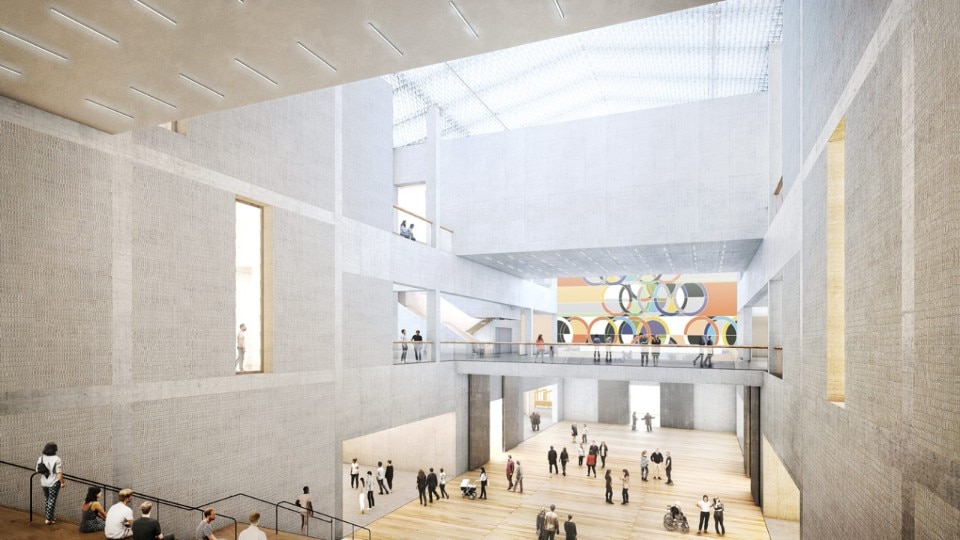
The environmental footprint of the museum is certainly the extensive use of cement for its structure, whose production process involves high carbon dioxide emissions. The internal open space structure and large windows will then require a very expensive ventilation system to maintain the right thermal levels and optimum humidity for the works of art and visitors.
The building should gather the large collection of works of art from the second half of the Twentieth century onwards, that today are scattered within several German institutions and should be finished in 2026, yet due to the rise in the prices of bills and the energy crisis the debate around its construction has flared up again.


